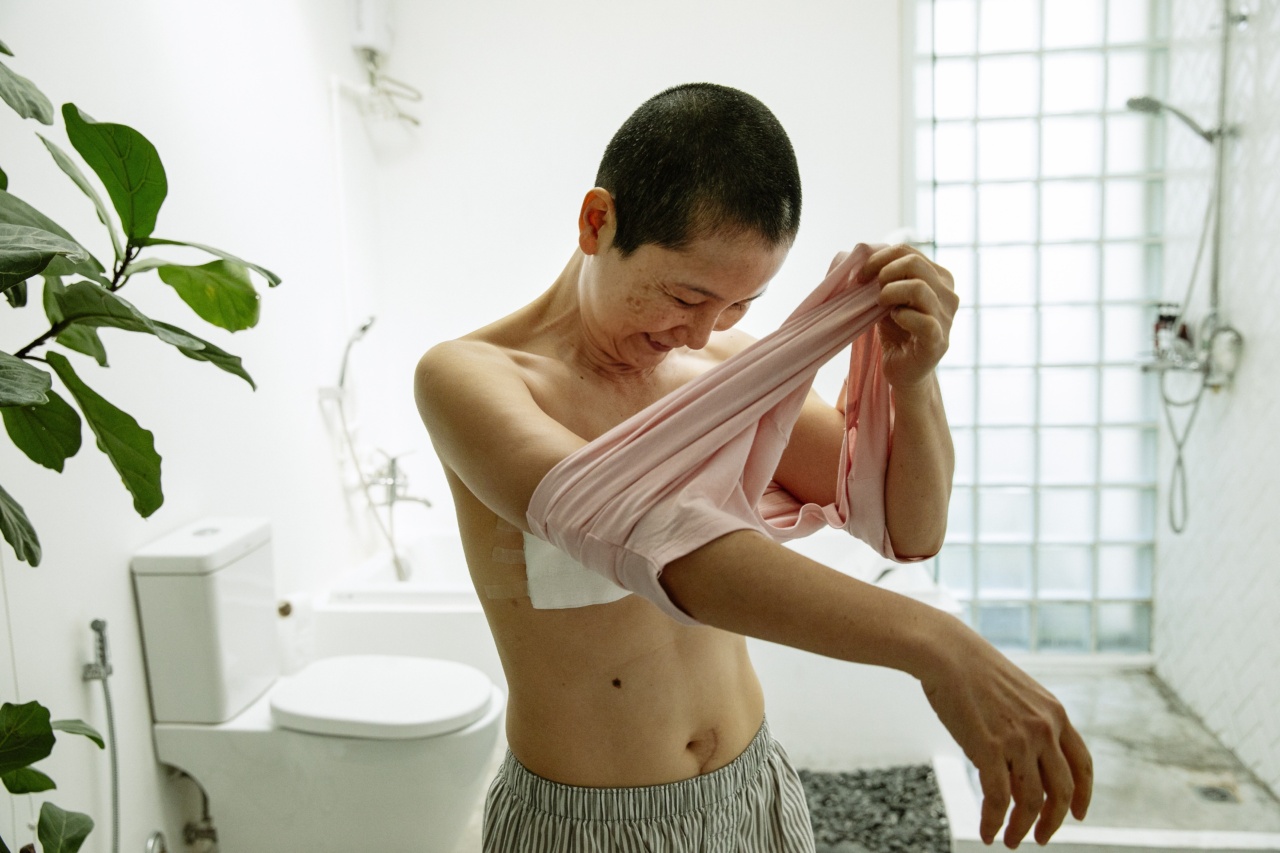When it comes to breast cancer diagnosis, there are numerous truths and myths that can cause confusion and anxiety. It is crucial to separate fact from fiction to ensure accurate information and early detection.
In this article, we debunk several common myths surrounding breast cancer diagnosis while highlighting essential truths every individual should be aware of.
Myth 1: Only Women Are Affected by Breast Cancer
Truth: While it is true that breast cancer primarily occurs in women, it is essential to note that men can also be affected by this disease. Although rare, men can develop breast cancer due to the presence of breast tissue.
The American Cancer Society reports around 2,650 new cases of invasive breast cancer in men each year.
Myth 2: A Lump in the Breast Always Indicates Cancer
Truth: Not all lumps in the breast are cancerous. In fact, most breast lumps are benign, meaning they are non-cancerous. These lumps can include cysts, fibroadenomas, or other benign conditions.
It is crucial to consult a healthcare professional who can perform a thorough examination, order additional tests if necessary, and provide an accurate diagnosis.
Myth 3: Getting a Mammogram Can Cause Cancer to Spread
Truth: This myth often leads to anxiety and avoidance of mammograms. However, there is no evidence to support the claim that mammograms cause breast cancer to spread.
Mammography is a vital tool in early detection, allowing for effective treatment and better outcomes. The benefits of regular mammograms outweigh the minimal risks associated with radiation exposure.
Myth 4: Breast Cancer Is Always Hereditary
Truth: While certain inherited gene mutations, such as BRCA1 and BRCA2, increase the risk of developing breast cancer, it is crucial to understand that the majority of breast cancer cases are not due to hereditary factors.
In fact, only about 5-10% of breast cancers are linked to inherited gene mutations. The primary risk factors for breast cancer are age, gender, and personal history.
Myth 5: Breast Cancer Only Affects Older Women
Truth: Although the risk of developing breast cancer increases with age, it can affect individuals of all ages. Younger women, though less common, can still develop breast cancer.
It is important for women of all ages to be aware of any changes in their breasts and regularly perform self-examinations. Consulting a healthcare professional regarding any concerns is crucial.
Myth 6: An Abnormal Mammogram Always Means Cancer
Truth: An abnormal mammogram does not automatically indicate a breast cancer diagnosis. It simply means that further evaluation is necessary.
Additional tests, such as diagnostic mammograms, ultrasounds, and biopsies, are typically conducted to determine whether the abnormality is cancerous or not. It is important to remain calm and follow healthcare professional guidance throughout the diagnostic process.
Myth 7: Breast Cancer Is Always Preventable
Truth: While certain lifestyle choices can help reduce the risk of developing breast cancer, such as maintaining a healthy weight, regular exercise, limiting alcohol consumption, and avoiding smoking, it is crucial to understand that breast cancer is not always preventable. Genetics, hormonal factors, and other unknown variables can contribute to the development of breast cancer. Early detection through screening and awareness remain essential for better treatment outcomes.
Conclusion
By separating truths from myths, we can gain a better understanding of breast cancer diagnosis. It is vital to dispel common misconceptions and ensure accurate information reaches individuals at risk.
Regular screenings, self-examinations, and proactive healthcare engagement are crucial in the fight against breast cancer. For more information and personalized guidance regarding breast cancer diagnosis and prevention, consult a healthcare professional.
















